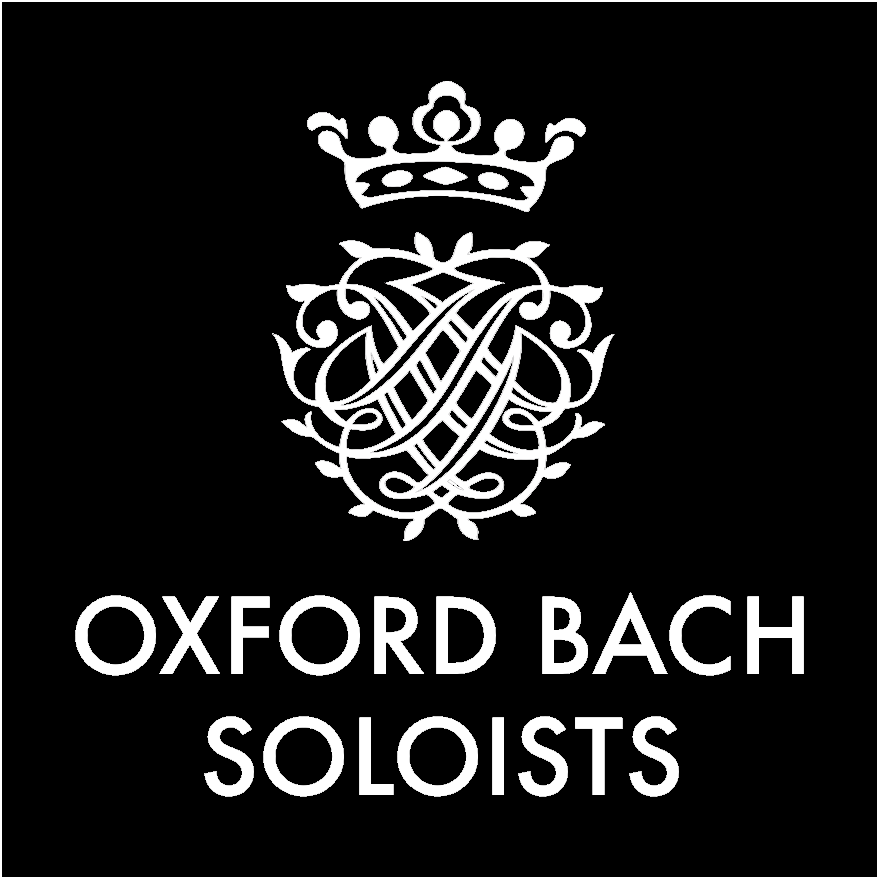Notes
With Friends' access, you can behind the scenes of the music with our programme notesComposers
Bach’s dazzling concerto
The key work in the next OBS concert is Bach’s dazzling Violin Concerto in E Major with Bojan Čičić as the soloist. We find out a little more about the origins of the concerto.
Performer Focus: Aileen Thomson
Soprano Aileen Thomson is an alumna of St Peter’s College, Oxford. We hear more about her career as a performer both as a soloist and a choral singer.
Meet our Virtuosi for the perfect introduction to Bach’s music
Join the Oxford Bach Soloists for this spectacular concert featuring selections from some of JS Bach’s best-loved works.
Martin Luther and the Protestant Reformation
500 years ago Martin Luther published his Ninety-five Theses which lit the touchpaper of the Protestant Reformation. His criticism of the Roman Catholic Church was propagated with astonishing speed.
Performer Focus: Susanne Heinrich
One of the leading viol players of her generation, Susanne Heinrich has performed and recorded with many of the leading period-instrument ensembles of Europe, and for many years toured worldwide with the Palladian Ensemble. In this edition, we discover a bit more about the life of this extraordinary violist…
Become a Friend of Oxford Bach Soloists
Now is your opportunity to join us on our journey to secure our future by becoming a Friend of OBS.
Will you join us for Actus Tragicus?
Coming up on Sunday 6 August is the next concert from the Oxford Bach Soloists – Actus Tragicus – a fascinating concert exploring the music by some of the greatest composers of the baroque age.
Johann Sebastian Bach: Cantata: Gottes Zeit ist die allerbeste Zeit, BWV 106 (Actus Tragicus)
The cantata “Gottes Zeit ist die allerbeste Zeit” (“God’s time is best”), dates from 1707 when Bach was, for a short while, organist of the Blasiuskirche at Mühlhausen.
Dietrich Buxtehude: Mit Fried und Freud ich fahr dahin, BuxWV 76
One of the very few of Buxtehude’s compositions to be published in his own lifetime, Mit Fried und Freud ich fahr dahin is a set of two works, both funeral music, and the second of which was written in memory of his father – the organist of St Olaf’s, Helsingør, in Denmark – who died in 1674.
Georg Philipp Telemann: Concerto for recorder, viola da gamba and strings, TWV 52:a1
Stylistic eclecticism was a distinctive feature of instrumental music by German composers of the mid to late Baroque. Telemann, though professing difficulty in writing concertos, preferring the orchestral suite form for which he was greatly admired by Quantz and others, nevertheless produced over one hundred of them, in which variety of tonal colour and idiomatic instrumental writing are conspicuous features.










